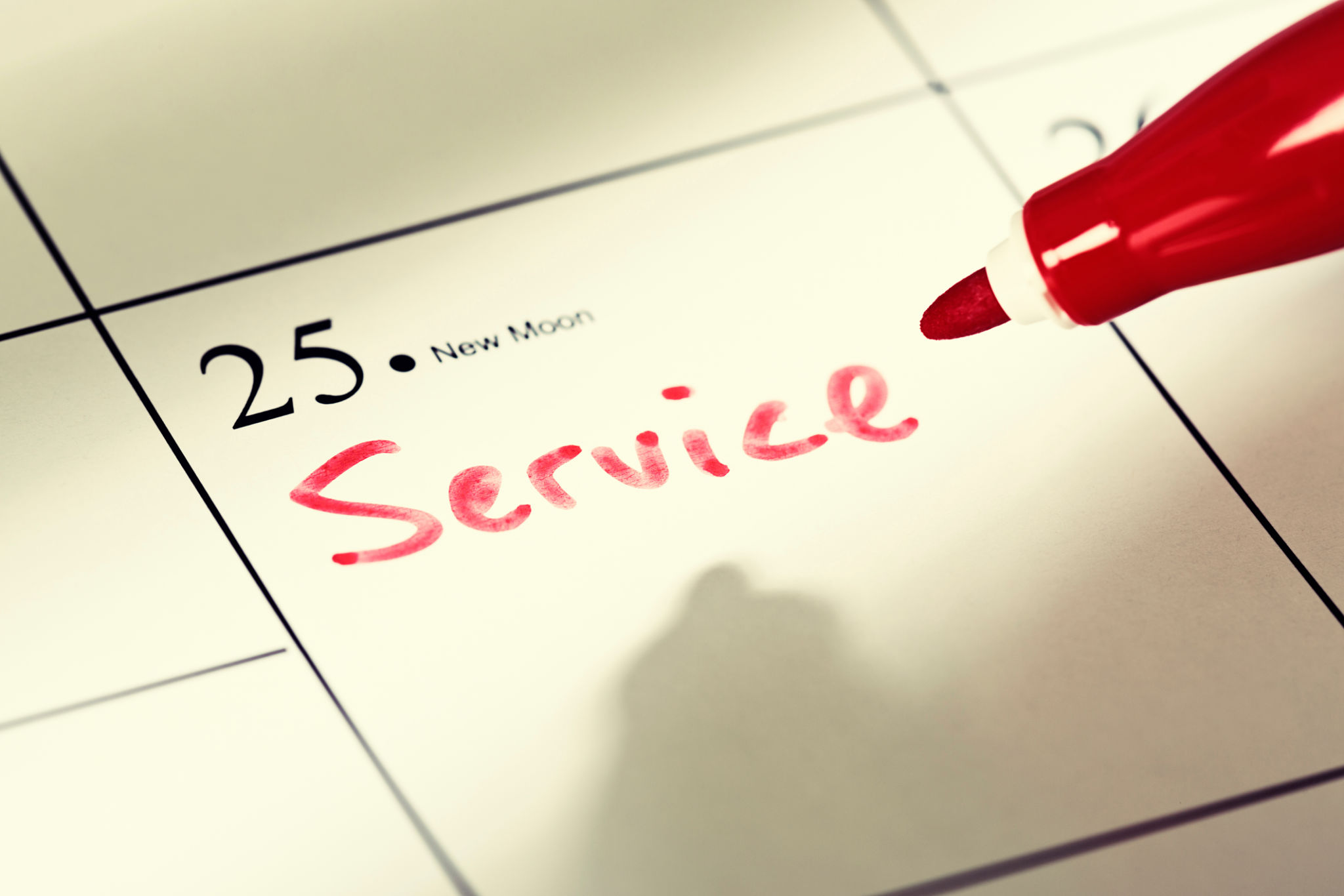How to Maintain Your Building Management System for Optimal Performance
Td
Understanding Your Building Management System
A Building Management System (BMS) is a critical component for maintaining the efficiency and comfort of any building. These systems control and monitor the building's mechanical and electrical equipment such as ventilation, lighting, power systems, fire systems, and security systems. To ensure that your BMS operates at peak performance, regular maintenance and updates are essential.

Regular Inspections and Monitoring
One of the most important steps in maintaining your BMS is conducting regular inspections. These inspections help identify potential issues before they become major problems. Monitoring the system's performance data can also provide insights into areas that may need attention. By keeping a close watch on the system, you can ensure that everything is functioning as it should.
It is recommended to schedule inspections at least once a quarter. During these inspections, check for software updates or patches that may enhance the system's capabilities or fix known issues. Regular monitoring can prevent downtime and ensure that your building remains comfortable and energy-efficient.
Calibration of Sensors and Controls
Another critical aspect of maintaining your BMS is ensuring that all sensors and controls are properly calibrated. Sensors are responsible for collecting data on various environmental factors like temperature, humidity, and occupancy levels. If these sensors are not calibrated correctly, you might receive inaccurate data, leading to inefficient system operations.

Regularly testing and recalibrating these sensors will ensure they provide accurate readings, which will help in making informed decisions about building operations. Consider hiring professionals to handle the calibration if you lack the expertise.
Upgrading Hardware and Software
Technology is constantly evolving, and it's crucial to keep your BMS up to date with the latest hardware and software advancements. Upgrading components can lead to improved performance, enhanced security features, and better data analytics capabilities.
Hardware upgrades might include replacing outdated sensors or controllers, while software upgrades could involve installing new applications or firmware updates. Staying current with technology not only improves system performance but also prolongs the life of your building management system.

Training and Skill Development
The effectiveness of a BMS also depends on the proficiency of the personnel managing it. Investing in training for your staff can yield significant returns in terms of system performance and energy savings. Well-trained staff can quickly identify issues, perform basic troubleshooting, and optimize system settings to match building requirements.
Offer regular training sessions to keep staff updated on new features or upgrades. Encourage continuous learning through workshops or online courses to enhance their skills further.
Implementing a Maintenance Schedule
A structured maintenance schedule is essential for ensuring all aspects of your BMS are checked regularly and thoroughly. This schedule should include routine inspections, sensor calibrations, software updates, and hardware checks, among other tasks.
Having a maintenance checklist can help ensure that no part of the system is overlooked. A well-maintained BMS will perform optimally, reduce energy consumption, and extend the equipment's lifespan.

Conclusion
Maintaining your Building Management System requires dedication and regular attention to detail. By conducting regular inspections, calibrating sensors, upgrading hardware and software, training personnel, and implementing a maintenance schedule, you can ensure that your BMS functions efficiently and effectively. Investing time and resources in these activities will lead to a more comfortable building environment and significant cost savings over time.
